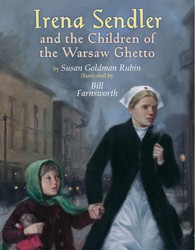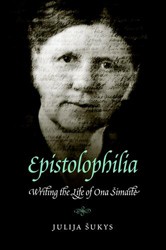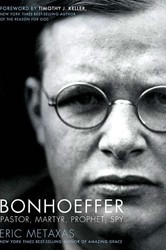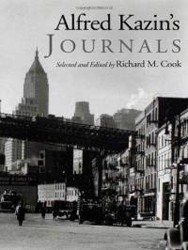Rather than contribute (another) biography of Irene Némirovsky, Suleiman takes on the more difficult task of assessing her work, particularly the so-called “Némirovsky question,” of whether the writer was a self-hating Jew or an antisemite. Such accusations have been leveled at Némirovsky for various reasons — that she allowed her stories to be published in Gringoire, an antisemitic magazine; that she converted to Catholicism; that her war novel, Suite Française, made no mention of Jews whatsoever; and, perhaps most disturbing, that her stories and novels featured antisemitic stereotypes. After discussing the history of the concept of the “self-hating Jew,” Suleiman offers a brief biography of Némirovsky, ending with her death in Auschwitz in 1942.
This biographical material provides some answers to the antisemitism question. Readers learn, for instance, that Némirovsky hated her vain and abusive mother. Thus her fiction is full of loathsome Jewish mothers since — after all — many of her works involve Jewish characters. The groundwork has also been laid for evaluating Némirovsky’s conversion to Catholicism; its timing (1939) suggests a desperate attempt to protect herself and her family, rather than some great passion for Christianity. Still, Suleiman explores the context of her conversion — other Jews who converted, her notebook thoughts about faith, and her turmoil over the actual ceremony — so readers can come to their own conclusions.
As for the magazines in which Némirovsky published, here Suleiman’s familiarity with the French literary scene is useful, as she describes not only the political leanings of the editors, but their dramatic shifts once France became Nazified. By 1940, Némirovsky was grateful for any editor who would publish her, even pseudonymously; she needed the money to feed her family after her Jewish husband was fired from the bank where he worked. Eventually, Jewish content was also proscribed, which explains why Suite Française has no Jewish characters, except, as Suleiman points out, the ever-present, invisible, but unmistakably Jewish narrator.
The most complicated aspect of the “Némirovsky question” involves the unpleasantness of the Jewish characters in her stories and novels. Some of her men are given stereotypical hooked noses and curly forelocks. The women are often grasping, unfaithful social-climbers. Making things even more complex, she has her Jewish characters making antisemitic observations about each other, in what Suleiman identifies as “free indirect discourse,” leading some readers to debate whether this is the author’s point of view, or “merely” her characters’ attitudes. But this unease Jews can feel about each other, particularly the well-assimilated, non-practicing Jew’s discomfort in the presence of a recent immigrant, or a more religious Jew, is one of Némirovsky’s preoccupations. And this brings Suleiman to some of her riskiest, but most useful analysis, on the relationship of stereotypes to antisemitism, and how to evaluate the intention of a work. Suleiman’s very nuanced discussions of “how to read” stereotypes offer insights into the complexities of identity politics in literature, which take us beyond this one writer’s story.
The last section of the book explores the stories of Némirovsky’s daughters and their descendants, based on Suleiman’s personal interviews. This material not only brings the saga into the modern era, it reminds us that the Nazis murdered Némirovsky, but did not wipe out her legacy.
Related Content:
Bettina Berch, author of the recent biography, From Hester Street to Hollywood: The Life and Work of Anzia Yezierska, teaches part-time at the Borough of Manhattan Community College.





